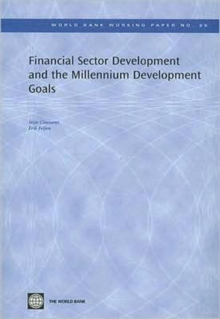
Social Assistance in the New EU Member States : Strengthening Performance and Labor Market Incentives Paperback / softback
by Dena Ringold, Leszek Kasek
Part of the World Bank Working Paper series
Paperback / softback
Description
This study analyzes the performance of social assistance and family benefit programs in eight new member states of the European Union from the perspective of fiscal impact and effectiveness.
It is based on household survey data for six countries, as well as budget data and information on program design collected at the national level.
It finds that, although social assistance programs in the new member states are small in terms of coverage and expenditure levels (reaching 2 to 5 percent of the population), the programs are an important safety net for the poor.
Programs are relatively well targeted, with between 30 and 60 percent of resources going to the poorest quintile of the population.
For those who receive them, benefits can make up as much as 37 percent of average consumption of the poor.
Information
-
Out of Stock - We are unable to provide an estimated availability date for this product
- Format:Paperback / softback
- Pages:84 pages, Illustrations
- Publisher:World Bank Publications
- Publication Date:30/10/2007
- Category:
- ISBN:9780821371596
Information
-
Out of Stock - We are unable to provide an estimated availability date for this product
- Format:Paperback / softback
- Pages:84 pages, Illustrations
- Publisher:World Bank Publications
- Publication Date:30/10/2007
- Category:
- ISBN:9780821371596










